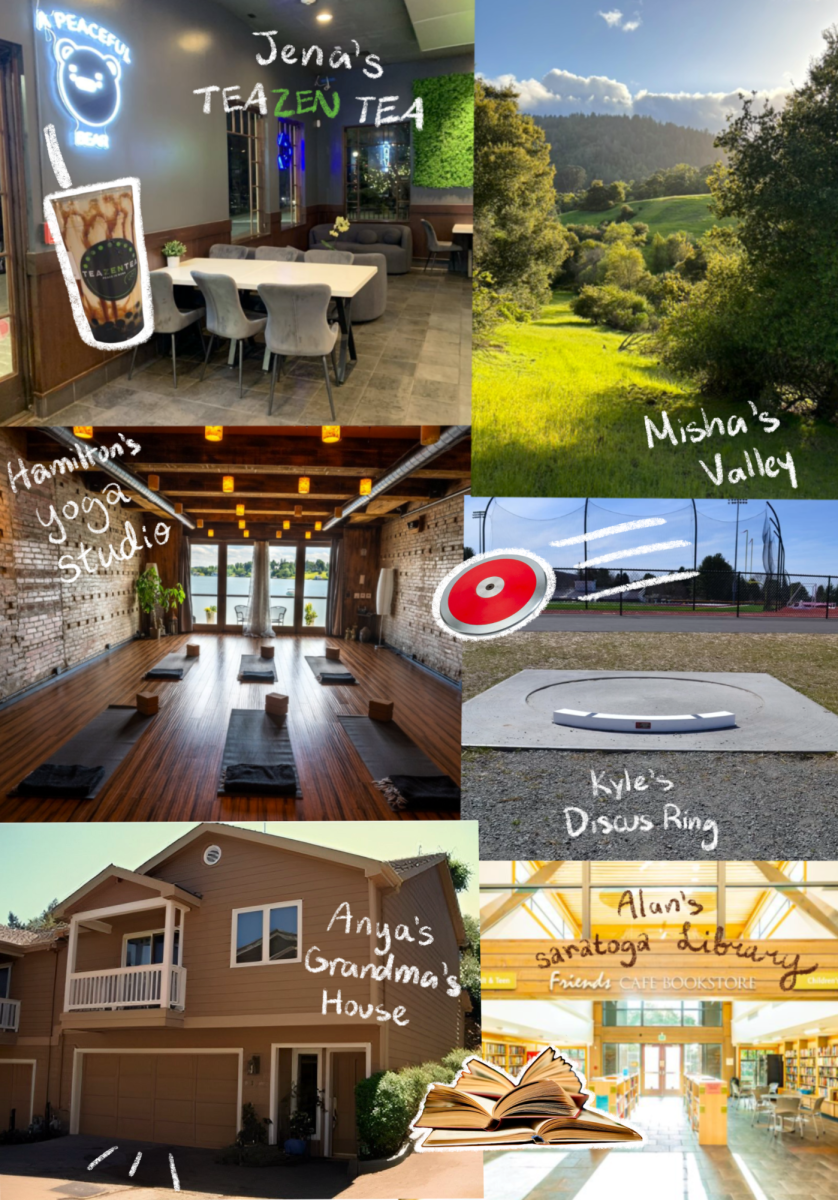Freshmen stepping into math teacher Savita Agrawal’s class may be intimidated by their first high school math class, but Agrawal is experiencing a first with them as well: It is her first time as a teacher.
Although she was a student teacher last year at Lynbrook High while getting her teaching credential at San Jose State and taught at her own math academy prior to that, Agrawal has never formally taught at a school before. She now teaches Geometry, Algebra 2, and sequential Algebra 1.
Agrawal said teaching at a high school is significantly different from teaching at her academy, where she prepared students for prestigious math competitions. Many of her academy students have been nationally recognized for their achievements; at school, however, many students are merely trying to learn.
“Most of the students at my academy were really good and wanted to excel in math, so it was more fast-paced,” Agrawal said. “In high school, you have many diverse learners so you have to provide different ways of learning. Some students can go with a fast pace, but for some of them you have to slow down and make sure they get what they want.”
Before beginning to teach, Agrawal received a bachelor’s degree in electrical engineering from Punjab Engineering College in Chandigarh, India, and worked in the country’s semiconductor industry. After she married her husband, she moved to the U.S. and started work in the software industry at Siebel Systems.
Then, she had two daughters, one of whom needed constant attention due to serious health issues. Because of this, Agarwal resigned to take care of her children and began teaching them and their friends as a hobby. (Both of her daughters are now in high school and now require no special care.)
The parents of the students Agrawal taught said that she should run a official program. This led to the formation of her math academy called Starkidz in San Jose, where she taught elementary and middle schoolers the fundamentals of math and prepared them for competitions.
Throughout the time that Agrawal has taught, she has believed that problem-solving skills should be the main takeaway from her classes.
“I worked in industry and I realized that I did not use any of my high school math in the semiconductor or software industry,” she said. “What helped me become successful were the problem-solving skills, the team-collaboration skills and critical-thinking skills I learned in math.”
Because of this, Agrawal focuses her teaching on developing these skills by having students explore problems and figure out the solutions themselves.
She has seen some math teachers give out the problem-solving method to students in advance and tell them to simply follow a particular way to solve example problems. Instead, Agrawal likes to give students problems they have never seen before and let them try to figure out how to solve them with the knowledge they already have. Agrawal said she will often not grade on whether a student has solved a problem perfectly, but rather grade on whether the student has shown her that he or she has sincerely worked through the problem.
This method has worked well for her in the past. She said she has been able to transform some students who initially hated math into ones who love it because they discover the knowledge themselves. She discovered that being able to change students’ attitudes toward math was more meaningful than returning to the software industry, so she decided to continue teaching.
So far, Agrawal has enjoyed teaching at SHS.
“The students are really wonderful,” she said. “They are really receptive to whatever new concepts I am introducing to them taking it really nicely. I am looking forward to working with them and hope they keep rising up.”

























